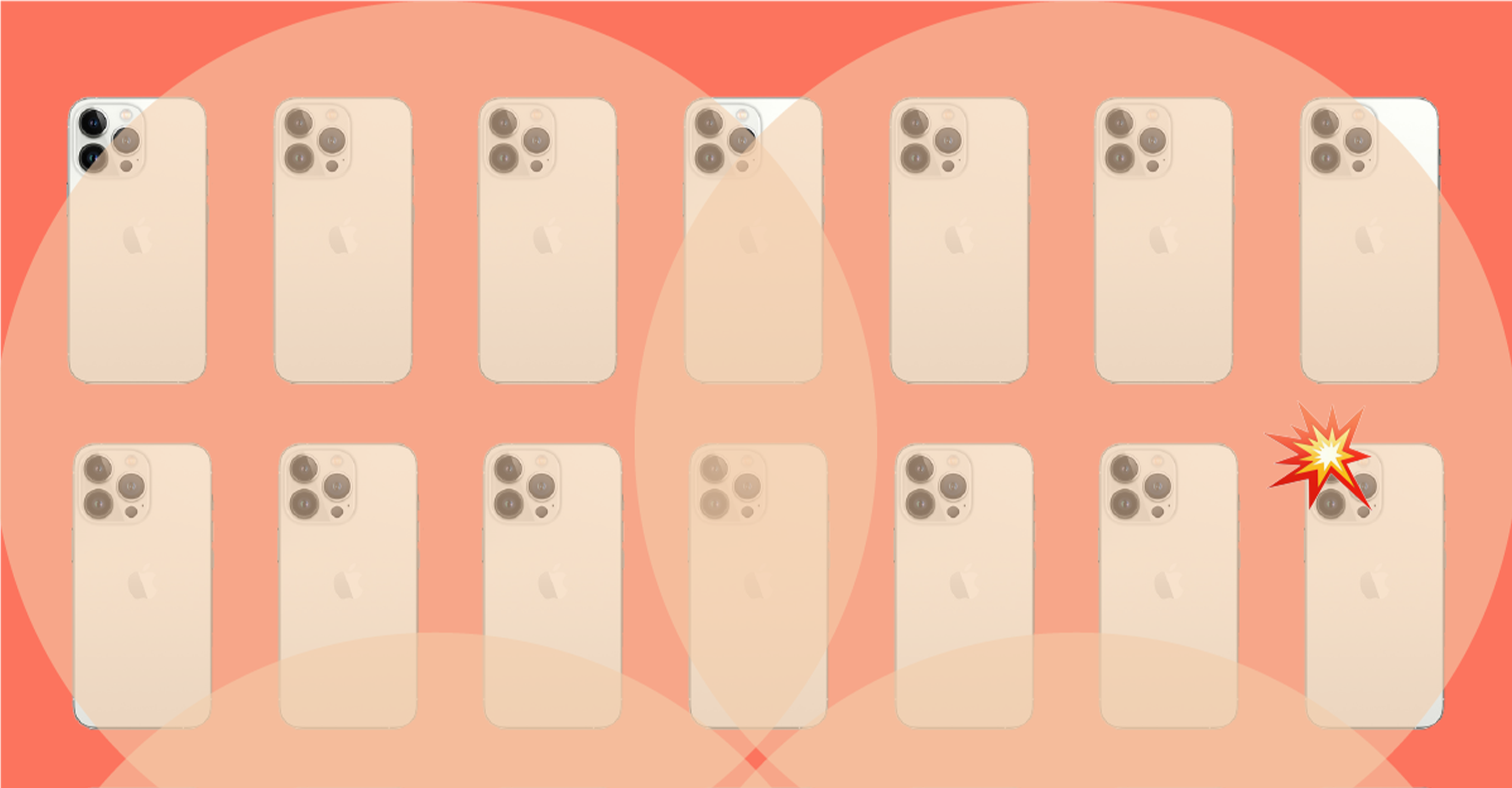
Not all influence is created equal – and no one knows that better than our Managing Director at Social Studies, Jazmin Gac. Her cheeky in-house reputation as the woman with her ‘Masters in Influence’, has insight into the latest and greatest influencer marketing trends, brand campaigns and what to expect next in the industry– which is why we tapped her intel for this piece: big futures, small influencers – and how its changing the social scene as we know it.
Hey Jaz! Let’s talk about influencers – specifically, the different archetypes when it applies to influencer marketing. As insiders in the space from both the brand AND agency side, we know that there are different tiers of influencers when thinking about a marketing campaign – two of the most popular (and effective, IMO) being Nano and Micro. Can you break down the difference?
The main difference is follower size – typically, we see a nano-influencer as someone with a following under 10,000, and a micro influencer having a following anywhere from 10,000 to 200,000 followers, which is a pretty broad range. But that range allows that creator to find their sweet spot, and help them figure out where they fit in the social ecosystem.
The other major influencer tiers would be macro and mega – macro is anything from 250,000 to a million, and mega influencers have a following of 1M+ which ends up being that celebrity tier mostly.
In your experience, what type of influencer tier campaign performs the best? Why do you think that is?
Influencer marketing in general is never a silver bullet, it always takes a few different marketing tactics to achieve whatever goal the brand or agency has set. We would always recommend having a full pyramid approach – the mega, celebrity-style influencer at the top, who is really responsible for that national awareness, and then support them with having a few macro-influencers who act as tastemakers and hold key influence in their fields – followed by that micro-level influence where you get more content, more bang for your buck, and the nano supporting that goal is really for a super focused field. For example – the foodie influencer who has a tight-knit audience in Tuscaloosa, Alabama, influencing a hyper targeted region.
You used to be able to use one celebrity influencer for a national campaign, and now brands are thinking beyond that – instead of that “famous mom” persona, they want a vegan mom with two sons who live in a certain geographic region.
How has the interest in celebrity influencers toward nano influencers changed over the years?
The space has changed drastically – as someone who’s only ever worked in the influencer marketing space (the team always jokes I have my Masters in influence!) – I remember back in the day, about 7 or 8 years ago, celebrity influence was all there was. It was very isolated – you had beauty influencers partnering with beauty brands, and fashion influencers with fashion brands, and so on. There wasn’t really any crossover – and now, it has expanded.
For example, a finance institution running an influencer campaign might not only use finance influencers. You used to be able to use one celebrity influencer for a national campaign, and now brands are thinking beyond that – instead of that “famous mom” persona, they want a vegan mom with two sons who live in a certain geographic location, which has led us to a more niche market, and is bests supported by the nano-influencer tier.
If someone is considered a nano-influencer in their niche and they are looking to expand their reach, how would you suggest they go about climbing the ranks?
I would say, focus on aligned brand partnerships – anytime an influencer is partnering with a brand it allows the influencer to really latch on to that brand’s following, aesthetic, and vibe. It also allows that influencer to engage with a much wider audience, so that leads to higher engagement overall.
Nano-influencers should always be engaging with other like minded creators, the niche subjects they are involved in, publications, media, and showing that they are out there and involved. And of course, prioritizing the content that the Instagram algorithm is prioritizing just to get your engagement and awareness out there – for example, when the platform rolled out Reels, that’s the product they were prioritizing – so always be on the lookout for what’s new and next in social!
What is your favorite part about working with nano or micro influencers?
My favorite part is that they care SO much, and it’s so refreshing. I’ve worked with big names in the industry, and it felt really transactional, which is why I came to Social Studies – to devise a strategy and work with talent that truly cared, and were looking for a partnership – and as we’ve embraced the smaller influencers and go down the pyramid, we’ve found that nano-influencers are the most genuine, and they care. They over deliver content, they ask questions, they come back for future partnerships, they stay in touch with the brand- it’s more robust of a relationship.
Have you seen that as nano-influencers are looking to build their personal brands and their platform, that they are looking to get something from the brand outside of monetary value?
Yes – they want clout. Something that we’ve seen on the marketing side that’s really interesting, is that even if it’s not required to use #ad or #partner, a lot of the time nano-influencers will do that to showcase that they are a smaller influencer working with a big-name brand, and it gives them a stake in the industry. A lot of the time they are looking for their ‘big break’ and they don’t know where it will come from, so they are willing and able to create relationships and content, which goes a lot farther than getting a paycheck and checking out.
What trends or growth trajectory do you envision for the nano-influencer space in 2022?
First, I think it’s all going to be very hyper-local… focusing on specific communities, specific areas, and that becomes another layer and niche. You have your vertical, your aesthetic, but where you physically are will start to be extremely important as well. Performance media – using nano influencers for content, as COVID continues to be a whirlwind, and utilizing that content for paid media channels is a more efficient way to market using creative assets you have. Especially now, since you can’t have these large production shoots in small studios like in the past, these nano-influencers are taking it above and beyond with content and can be a great partnership for any media strategy.
So there you have it, straight from the Social Studies source. If throughout this interview you’ve found yourself asking the question…does size REALLY matter…? The answer is yes – and we look forward to working with more nano-influencers and micro-creators in the future. The ability for niche talent to make a brand’s vision pop and engage new communities on social is a strategy we’re excited to showcase more of in 2022 – and we’re just getting started.
Let’s Talk